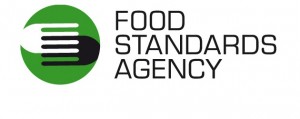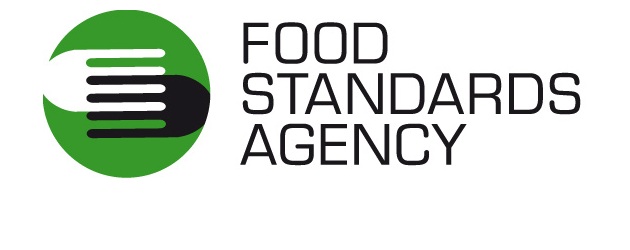The Agency has produced a summary of its research published in April to June 2013. Several areas of research were covered, including consumer attitudes towards the decontamination of meat and the use of freezing to reduce campylobacter in chicken livers.
 |
| [relatedPosts title=”Related Posts”] |
|
|
Process contamination: Survey of acrylamide and furan in UK retail products
During the period of November 2011 to December 2012, this survey sampled a wide range of 300 UK retail products that included French fries, bread, cereals, biscuits, coffee, baby food, popcorn, cakes, pastries and chocolate. There were 294 analyses for acrylamide and 113 for furan, on a combination of the retail products. This survey of process contaminants forms part of a current rolling programme due for completion in April 2014. Process contaminants are chemical substances that are produced naturally in food during manufacturing or home-cooking. They are absent in the raw foods or raw materials used to make the food, and are only formed when components within the raw foods or materials undergo chemical changes during processing.
FSA salt targets: Monitoring progress in Scotland
The aim of this project was to obtain evidence on industry progress on salt reduction in Scotland for retail food products. The average and range of salt content for the 80 FSA (2012) salt target categories were calculated and compared with FSA salt targets. A reduction in the average population salt intake in Scotland to 6g per day would deliver significant public health benefits to reduce cardiovascular disease. Voluntary salt targets which aimed to bring about a gradual but sustained reduction in the salt content of processed foods were published by the FSA and set for achievement in 2012.
Consumers’ attitudes: Raw meat decontamination treatments
The results of this study provide a robust measure of the acceptability, among UK consumers, of potential raw meat decontamination treatments. It measured the impact that different levels of information about the treatment would have on consumers’ acceptability and labelling preferences, should treated meat go on sale. Decontamination treatments applied to raw meat in the slaughterhouse could potentially have a significant effect in reducing the exposure of consumers to campylobacter and other foodborne pathogens.
Wideband radar: Detection of foreign contaminant objects in food
This was a ‘proof of concept’ feasibility study for a new technique to detect foreign objects such as bone in packaged or unpackaged food. The results give credibility to the concept of using radar for food imaging. Some of the early images being shown from this system indicate that food radar may have some practical applications. The technology is not mature enough to define precise end applications and end users, but several inferences have been drawn in the report which point to possible end applications.
Aluminium and manganese: Assessing the bio-availability in food products
This project investigated the bio-availability of aluminium and manganese. It observed that this depends on the foodstuffs they are in, since a food’s characteristics affect how it breaks down in the gut and how the chemicals are released. The study reports that with increasing concentrations of aluminium, there is a saturation level where no more absorption occurs. The absorption of manganese is consistently at very low levels, suggesting that its overall absorption is very low. The aluminium and manganese bio-availability differed depending on the characteristics of each particular food commodity evaluated.
Risk assessment: Dietary dioxins
Dioxins and dioxin-like polychlorinated biphenyls (PCBs) are persistent organic pollutants (POPs) that are often detected as contaminants in food. There are many different types of dioxins and PCBs which have different levels of toxic potential, with 2,3,7,8-tetrachlorodibenzo-p-dioxin (TCDD) recognised as being the most potent. The data derived in this study will help to improve the Agency’s overall understanding of the mechanism of AhR activation by environmental pollutants and allow more focused risk assessment on these compounds.
Evaluation: Freezing to reduce campylobacters in chicken liver
The FSA commissioned a research project to assess whether freezing chicken livers, before they are prepared and cooked in a catering or domestic kitchen, can significantly reduce the incidence of campylobacter contamination. Freezing is a proven effective intervention to control campylobacter contamination of poultry meat. However, there has been a lack of evidence on how effective this treatment is with chicken livers, particularly under conditions similar to those in catering or domestic kitchens where freezer temperatures and freezing rates may vary.





